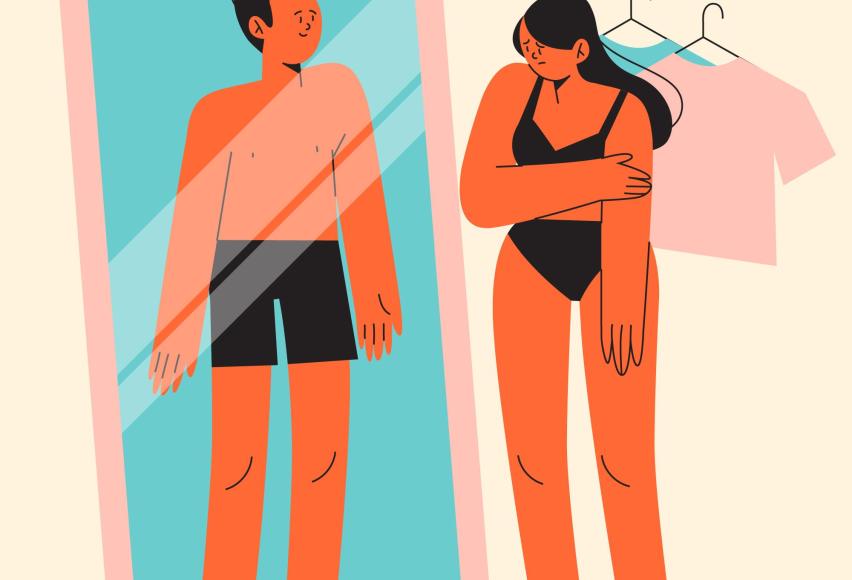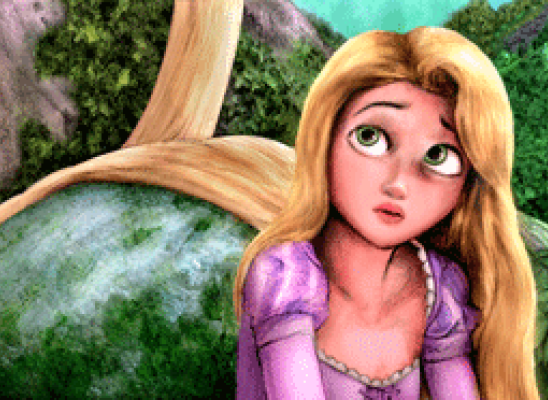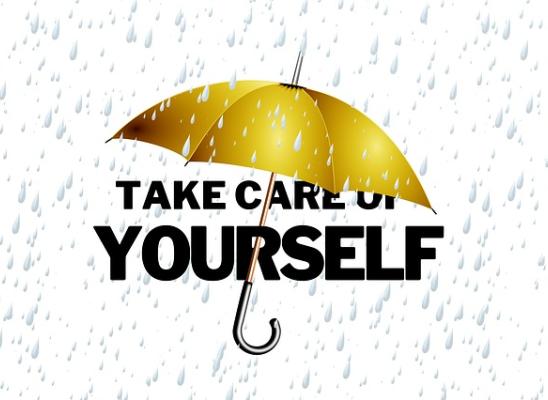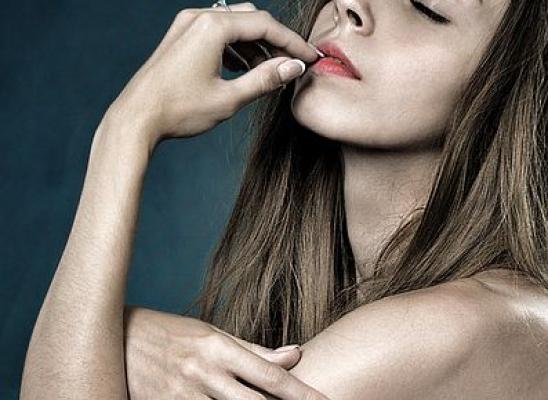Hair Pulling and Body Dysmorphic Disorder: What’s the Connection?

Online test
Find out the severity of your symptoms with this free online test
Is hair pulling just a symptom of Body Dysmorphic Disorder?
It’s a common and logical question to ask. After all, it’s not unusual to see a preoccupation with hair as part of Body Dysmorphic Disorder (BDD) and, hair pulling is a body-focused behavior.
Both BDD and hair pulling (Trichotillomania) belong to a class of disorders known Obsessive-Compulsive Related Disorders (OCRDs). Other disorders in this category include Obsessive Compulsive Disorder (OCD), hoarding, and Excoriation Disorder (skin picking). They are grouped together because they share a number of qualities with OCD. However, they are not the same as OCD. Each disorder also has its own unique set of characteristics but there is some overlap. They can co-occur with each other as well as with other psychiatric disorders.
Whether it’s BDD and or hair pulling can be especially difficult to ascertain. Excessive grooming can be a part of BDD. People who struggle with hair pulling may also develop BDD. BDD or hair pulling? The difference is in the details.
What is Body Dysmorphic Disorder?
Body Dysmorphic Disorder (BDD) is characterized by a preoccupation with perceived flaws in one’s physical appearance that are not observable or appear slight to others. The flaws may even be non-existent and only perceived by the person. It is a disorder that usually emerges in adolescence. Criteria for this disorder include:
- Preoccupation with one or more perceived defects or flaws in physical appearance that are not observable or appear slight to others.
- At some point during the course of the disorder, the individual has performed repetitive behaviors (e.g., mirror checking, excessive grooming, skin picking, reassurance seeking) or mental acts (e.g., comparing his or her appearance with that of others) in response to the appearance concerns.
- The preoccupation causes clinically significant distress or impairment in social, occupational, or other areas of functioning.
- The appearance preoccupation is not better explained by concerns with body fat or weight in an individual whose symptoms meet diagnostic criteria for an eating disorder.
The focus of BDD is not restricted to the hair and can include multiple areas or the whole body. Actions are more focused on appearance and a need to correct these perceived flaws. It is estimated that individuals may spend as much as 8 hours a day in these preoccupations and behaviors. People with BDD often resort to multiple cosmetic procedures or surgeries to correct the perceived flaw.
BDD is considered to be a severe psychiatric disorder that carries high morbidity and mortality rates. It severely impacts self-esteem and quality of life.
Hair pulling can be present in excessive grooming practices with BDD. However, studies have found that when a body-focused repetitive behavior is present in BDD, the goal is correction of a flaw and secondary to the body dysmorphia.
Hair pulling is not merely a symptom of BDD. Here’s why:
Why Hair Pulling Is Not BDD
Trichotillomania, compulsive hair pulling, is a body-focused repetitive behavior (BFRB) characterized by repetitive hair pulling that results in hair loss and unsuccessful attempts to stop. The behavior is often accompanied by a mounting tension that can be alleviated by pulling. The preoccupation is focused not on the appearance of the hair, as with BDD, but rather on the sensory experience that results from pulling.
According to The TLC Foundation for Body-Focused Repetitive Behaviors, a BFRB is “any repetitive self-grooming behavior that involves biting, pulling, picking, or scraping one’s own hair, skin, lips, cheeks, or nails that can lead to physical damage to the body and have been met with multiple attempts to stop or decrease the behavior.” Examples of BFRBs include hair pulling, skin picking, lip, cheek, or nail biting. BDD is not considered a BFRB.
Even though they share certain characteristics, hair pulling and BDD are recognized as distinct disorders. In fact, the diagnostic criteria specifically identify hair pulling as a separate disorder:
“The hair pulling cannot be better explained by the symptoms of another mental disorder (e.g., attempts to improve a perceived defect or flaw in appearance, such as may be observed in body dysmorphic disorder).”
A Closer Look at Hair Pulling and BDD
A recent study took a closer look at BDD, hair pulling, and the other disorders found in the OCRD category along several dimensions including mental health, quality of life, suicide attempts, and non-suicidal self-harm. Surveying over 5000 adolescents between the ages of 12-18, they found significant differences between BDD, hair pulling, skin picking, and hoarding.
Some of the most significant findings include:
- Age of Onset: The key period of onset of BDD tended to be in mid to late adolescence. Onset for hair pulling was bimodal with onset at about 7-8 years old and a second group with onset at puberty.
- Prevalence: BDD was the most frequently reported disorder (3.7% of participants) followed by skin picking 1.8%, hoarding 0.9%, and hair pulling 0.7%.
- Risk of Harm: All of the disorders were associated with an increased risk of harm. However, BDD was associated with a significantly higher risk for suicide attempt and non-suicidal self-harm than the other disorders.
- Mental Health: BDD was associated with multiple co-occurring psychiatric disorders including OCD, affective disorders, anxiety, depression, eating disorders, low self-esteem and severe functional impairment.
Hair pulling was associated poor perceived physical health, decreased occupational and social functioning, phobias, social anxiety, ADHD, and autism spectrum disorder.
- Quality of Life: BDD was more strongly associated with lower quality of life and internalizing symptoms (i.e., anxiety, depression, lower life satisfaction) than the other disorders.
These findings support that hair pulling is not simply a symptom of BDD. Each disorder has its own unique constellation of symptoms and presentation, highlighting the need for accurate diagnosis and consideration of individual differences as part of the treatment process.
The Takeaway
While hair pulling and BDD share some similarities, there are clear differences in why the behaviors occur, how they present, and how they affect those who live with them. The more we learn about hair pulling and other mental health disorders, the closer we get to effective and innovative treatments.
References
1. Chapter 6. Obsessive-Compulsive and Related Disorders. (n.d.). Psychiatry Online. https://dsm.psychiatryonline.org/doi/10.1176/appi.books.9781585624836.jb06
2. Hudak, R. (2021, January 1). 04. Body Dysmorphic Disorder: DSM-5 Criteria and Clinical Features. Psychopharmacology Institute. https://psychopharmacologyinstitute.com/section/body-dysmorphic-disorder-dsm-5-criteria-and-clinical-features-2576-4961
3. What is a BFRB? – TLC Foundation for BFRBs. (2023, February 14). TLC Foundation for Body-Focused Repetitive Behaviors. https://www.bfrb.org/your-journey/what-is-a-bfrb
4. McDonald, K. A., Jafferany, M., & Rohani, K. (2020). Excoriation disorder vs skin‐centered body dysmorphic disorder: A clinical and therapeutic update. Dermatologic Therapy, 33(6). https://doi.org/10.1111/dth.13994
5. Moreno-Amador, B., Cervin, M., Falcó, R., Marzo, J. C., & Piqueras, J. A. (2022). Body-dysmorphic, hoarding, hair-pulling, and skin-picking symptoms in a large sample of adolescents. Current Psychology. https://link.springer.com/article/10.1007/s12144-022-03477-1
Online test
Find out the severity of your symptoms with this free online test
Start your journey with TrichStop
Take control of your life and find freedom from hair pulling through professional therapy and evidence-based behavioral techniques.
Start Now



